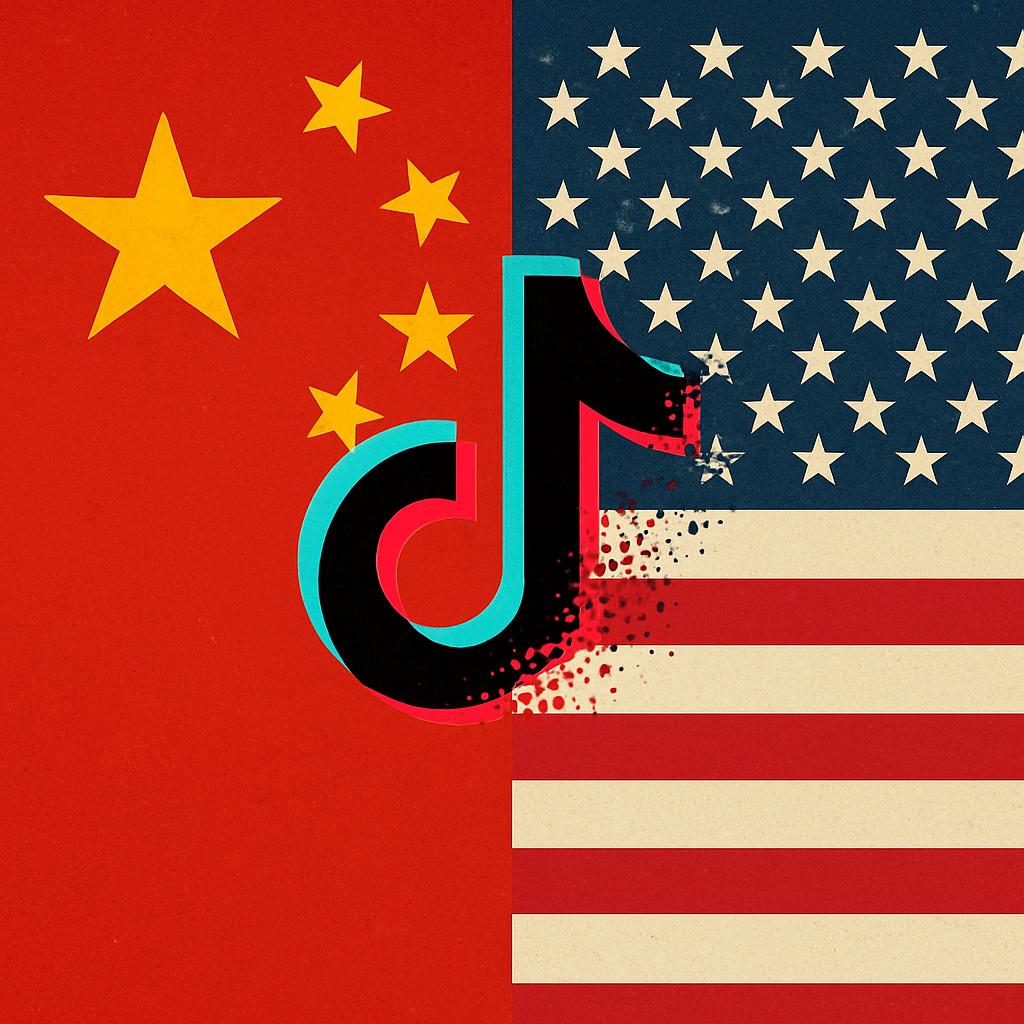In the summer of 2025, TikTok stands as a cultural and commercial force in the United States, yet its future has never been more uncertain. The platform—now woven deeply into the fabric of American life and commerce—faces unprecedented legal and political hurdles, with a looming September deadline that could result in either a forced sale to U.S. investors, a technical split, or an outright ban. Yet, simultaneously with this uncertainty, TikTok is experiencing an era of extraordinary innovation in artificial intelligence (AI) and video, solidifying its reputation as a pioneer at the intersection of creativity, commerce, and technology.
In This Article
Subscribe to our newsletter
The Road to Today: How TikTok Became America’s Digital Pulse
TikTok’s journey from its 2017 global launch to its present, fraught status in the U.S. is defined by rapid adoption and waves of national scrutiny:
-
2017: TikTok enters global and U.S. markets, reshaping how short-form video is consumed and created.
-
2020: The Trump administration first pursues a ban over national security concerns regarding Chinese ownership and data access.
-
2023-24: U.S. Congress passes a new law demanding ByteDance sell U.S. TikTok operations or see it banned.
-
2025: Supreme Court upholds the law; TikTok is briefly pulled from app stores and restored after presidential intervention. Ongoing extensions now push a final decision to September 17, 2025.
Throughout these turbulent years, TikTok’s influence in music, trends, marketing, and digital commerce has only deepened. Today, its estimated 170 million U.S. users remain at the center of Gen Z and Millennial culture.
TikTok’s Current Standing: AI and Video Innovation as Strategic Moat
The AI-Powered Platform
As legal and political actors debate TikTok's future, the platform is actively reshaping itself through artificial intelligence. Far beyond the well-known “For You” algorithm, TikTok’s embrace of AI now permeates content creation, advertising, analytics, and user experience at scale:
-
AI Recommendation Engine: TikTok’s AI remains foundational, powering a hyper-personalized feed for each user. This system analyzes a massive array of data points—watch times, pauses, interactions—to predict and deliver content that keeps engagement extremely high.
-
Generative AI Tools: In 2025, TikTok has introduced a suite of AI-enabled creative tools. “Symphony,” the platform’s generative AI suite, now supports text-to-video, image-to-video, automated video editing, and multilingual voice overs. These features empower both novice and expert creators to produce high-quality, engaging videos rapidly, reducing the friction often associated with digital storytelling.
-
AI Alive: TikTok’s “AI Alive” brings static photos to life, transforming images into dynamic short videos within TikTok Stories. This innovation makes sophisticated animation and visual storytelling accessible to all users, regardless of technical skill.
-
Ad and Commerce Automation: For brands, TikTok’s AI capabilities extend to advertising and commerce. Features like Smart+, Market Scope, and Insight Spotlight use AI to automate audience targeting, recommend optimal creative strategies, and even analyze and filter trending content by industry and demographic in real time. This ensures that advertisers can reach their ideal customers efficiently, with continually optimized campaigns.
Strategic Video Advancements
TikTok is not just maintaining its dominance in short-form video—it is reinventing the category:
-
Video-Centric Commerce: TikTok Shop, enhanced with AI-driven creative and affiliate tools, turns user-generated and creator content into seamless purchase opportunities. Merchants can now automatically use authorized influencer content in their campaigns, driving direct sales via engaging, authentic video storytelling.
-
Live Streaming Surge: Live video has become a dominant channel, helping creators engage their audience in real time. TikTok’s AI technology assists with content moderation, personalized recommendations, and data-driven advice that helps creators maximize their impact in live sessions.
-
New Ecosystem for Creators and Brands: AI video tools simplify editing, generate automatic captions, add soundtracks, and deliver dynamic video effects. This lowers barriers for new creators, accelerates content production for established influencers, and gives brands novel ways to repurpose ad content at scale.
The Business and Cultural Impact of TikTok’s AI-Video Driven Model
The innovations in AI and video have enabled TikTok to become not just a pop-culture engine, but a core infrastructure for American business and marketing:
-
Unmatched Engagement: With AI refining every step from discovery to purchase, TikTok remains a top platform for holding attention, sparking trends, launching music, and incubating new consumer behaviors.
-
Marketing ROI: AI-powered analytics and automated creative tools help marketers optimize budgets, drive conversions, and measure results across media channels—a critical advantage as digital advertising returns are increasingly scrutinized.
-
Democratization of Creativity: TikTok’s creative AI reduces production complexity for creators and brands alike, fueling an explosion of user-generated commerce and affiliate campaigns that underpin the platform’s revenue streams.
-
Search & Discovery: Increasingly, users turn to TikTok’s AI-driven search for answers, recommendations, and inspiration—the platform is evolving into a new kind of multimedia search engine, blurring lines with legacy providers.
The Pressing Challenges—Condensed but Unrelenting
Despite these advances, core threats remain unresolved:
-
Regulatory Uncertainty: The September 17 deadline hangs over all platform development. A forced sale, split, or abrupt ban remains entirely possible.
-
Algorithm Export Limits: China’s refusal to permit export of TikTok’s global recommendation algorithm means a U.S.-only app may lose some of its AI edge.
-
User and Brand Disruption: A technical split, forced migration, or ban could fragment the audience, disrupt commerce, and sap engagement, making brand and creator strategy more perilous than ever.
-
Competitive Pressure: Rivals—Instagram Reels, YouTube Shorts—are hoping to capitalize on any instability by luring TikTok’s creative and commercial talent.
Looking Forward
The next chapter for TikTok in the United States will likely be defined by a delicate balance of negotiating ownership, navigating geopolitical boundaries, and continuing to bet on AI-powered video as both the engine and differentiator of its ecosystem. Whether under new ownership, operating as a technically separate U.S.-specific entity, or—less likely—forced out entirely, TikTok’s imprint on American creativity, commerce, and digital marketing is indelible.
Its latest advances in AI and video creation not only shape current trends but rewrite the rules for how ideas, brands, and people connect in the new digital economy. For all stakeholders—brands, users, and creators—the imperative is to watch closely, stay adaptable, and harness the platform’s tools and community as long as the opportunity exists.
TikTok is no longer just a place for viral dance videos. In 2025, it is the world’s most AI-driven video ecosystem—a space where innovation meets uncertainty, and where the future of cultural influence, commerce, and content strategy is being written in real time


.jpg)